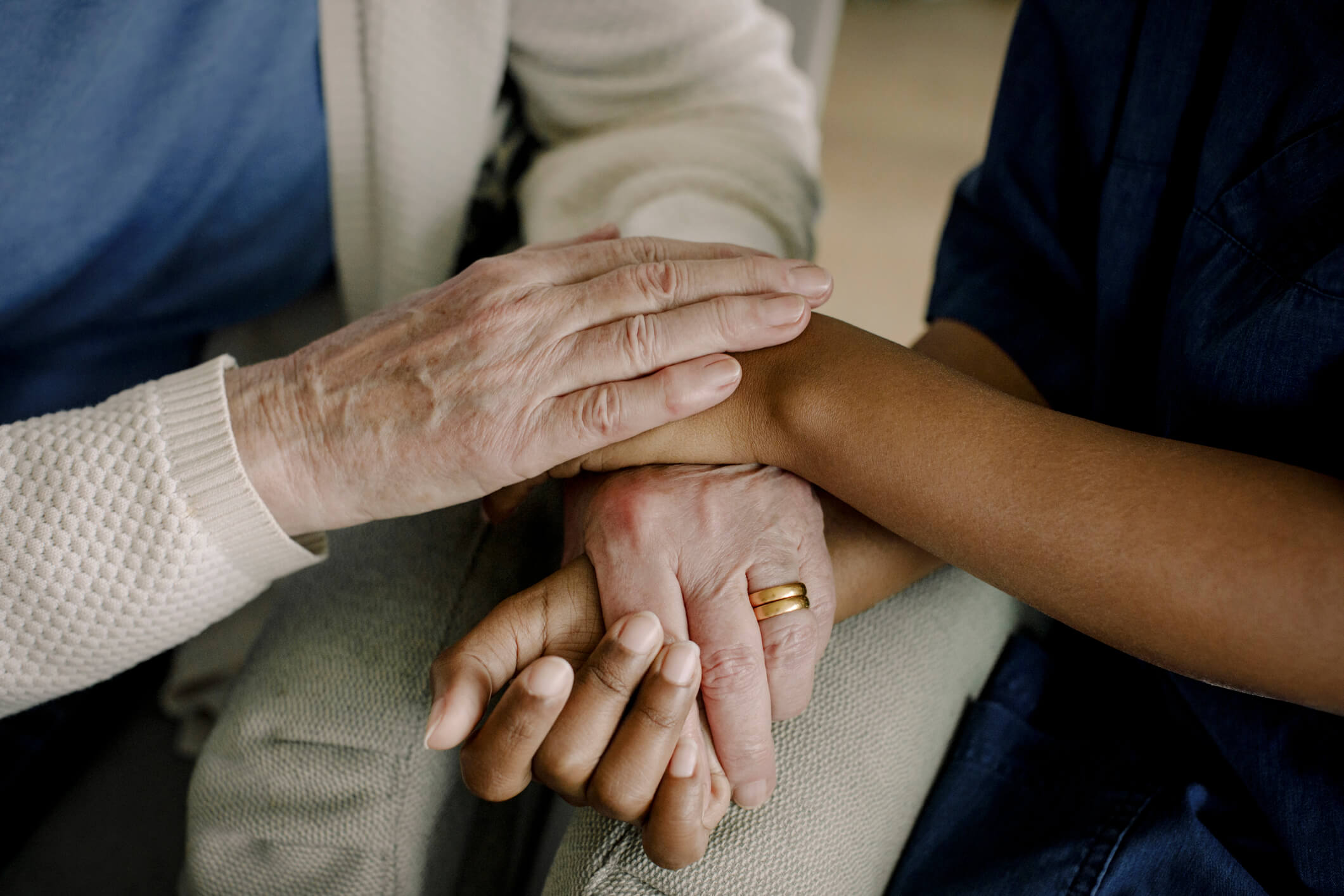On August 3, 2020, the United States District Court for the Southern District of New York upended several employer-friendly limitations in the U.S. Department of Labor (DOL) regulations implementing the Families First Coronavirus Response Act (FFCRA). Specifically, the court struck down the DOL’s regulations regarding: (1) the requirement that employers actually have work available for employees in order to be eligible for leave; (2) the broad definition of “health care provider” under the final rule; (3) the requirement that employees obtain employer approval for intermittent leave; and (4) the requirement that employees provide documentation prior to taking FFCRA leave.
It is not yet clear whether the ruling applies on a national level or is limited to New York. New York filed its lawsuit under the Administrative Procedure Act, which provides for a remedy that would invoke a nationwide injunction. New York did not seek this remedy, and the court did not state whether its decision to strike certain portions of the final rule applies on a nationwide basis. Therefore, in the short term, the impact on employers outside New York is unclear and largely depends on how the DOL responds. If the DOL decides to defend the current rule, it can appeal the decision to the Second Circuit Court of Appeals and seek a stay of the ruling, though it has not done so to date. Additionally, the DOL could adopt a nonacquiescence stance by declaring it disagrees with the court’s ruling and refusing to follow it (or, perhaps, stating it will comply with the court’s ruling in New York only).
Alternatively, if the DOL decides to comply with the court’s decision, it can modify its final rule accordingly. In addition, the DOL may decide not to enforce the FFCRA against employers that relied on the final rule when deciding whether to deny past or current leaves. Although it seems unlikely, the DOL may decide to do nothing in light of the fact the FFCRA sunsets on December 31, 2020. Because the DOL has not yet issued a response to the ruling or new guidance regarding the FFCRA, employers may want to closely monitor any updates to ensure compliance with the FFCRA.
Legislative Background
In response to the COVID-19 pandemic and the ensuing economic crisis, Congress initiated a multi-phase legislative agenda designed to mitigate against the spread of the disease and to prevent a complete economic collapse. On March 6, 2020, in the first phase, the Coronavirus Preparedness and Response Supplemental Appropriations Act, 2020 was enacted.
In phase 2, Congress passed the FFCRA, which included, among other provisions, the Emergency Family and Medical Leave Expansion Act (EFMLEA) and the Emergency Paid Sick Leave Act (EPSLA). Under the EFMLEA, private employers with fewer than 500 employees (subject to certain other exemptions) and most public employers must provide employees with 12 weeks of expanded leave under the Family and Medical Leave Act (FMLA) for school closures and unavailability of childcare due to COVID-19. The first 2 weeks of EFMLEA leave are unpaid and the remaining 10 weeks are paid at two-thirds of the employee’s regular rate of pay up to $200 per day (or $10,000 in the aggregate). Under the EPSLA, employers are required to provide employees who are unable to work or telework with 2 weeks (or 80 hours) of emergency paid sick leave for any of the following specific COVID-19-related reasons:
- the employee is subject to a federal, state, or local quarantine order;
- the employee “has been advised by a health care provider to self-quarantine due to concerns related to COVID-19”;
- the employee is experiencing symptoms of COVID-19 and is seeking a medical diagnosis from a health care provider (i.e., a test) and awaiting the results of that diagnosis;
- the employee is caring for an individual who is subject to a quarantine order or whose health care provider has advised the individual to self-quarantine;
- the employee “is caring for a child whose school or place of care is closed, or whose childcare provider is unavailable, because of COVID-19”; or
- the employee “is experiencing any other substantially similar condition specified by the [U.S. Department of Health and Human Services (HHS)].” (To date, the HHS has specified no such conditions.)
Importantly, under the FFCRA, employers will be reimbursed for the cost of all leave taken under the statute through a tax credit (or similar mechanism).
The Court’s Ruling
The DOL subsequently issued its final rule implementing the emergency family leave and paid sick leave provisions of the FFCRA, which became operational on April 1, 2020, and remain in effect through December 31, 2020. On April 14, 2020, the State of New York filed a lawsuit in federal court against the DOL challenging certain aspects of the final rule. On August 3, 2020, the court ruled largely in favor of the State of New York.
1. Leave Is Permitted Despite Unavailability of Work.
The DOL’s final rule expressly prevented employees from taking leave under the EFMLEA as well as under the EPSLA for reasons 1, 4, and 5 listed above, if the employer did not have available work or telework. The DOL’s rationale for this prohibition was that, under such circumstances, the employee would not be able to work regardless of his or her need for leave under the EFMLEA or EPSLA because the employer did not have work available for the employee. The court rejected the DOL’s argument and declined to defer to its interpretation of ambiguous language in the FFCRA because “the agency’s barebones explanation for the work-availability requirement is patently deficient.”
The practical effect of the court’s decision is that employees who are unable to work or telework because of an FFCRA-covered reason are entitled to take leave even when the employer does not have available work. Therefore, when an employer places an employee on a leave of absence (including as a result of a government shutdown, stay-at-home, or shelter-in-place order), the employee will be entitled to paid leave under the EFMLEA and/or EPSLA. The court did not address whether the unavailability of work requirement is permissible in a temporary layoff or furlough situation, but the answer is likely to turn on whether the individual is still an employee.
2. The Definition of Health Care Provider Is “Vastly Overbroad” and “Cannot Stand.”
Under the FFCRA, Congress permitted employers to exclude “health care providers” from the leave benefits under the EFMLEA and EPSLA. The FFCRA expressly incorporates the existing FMLA definition of “health care provider,” but authorizes the Secretary of Labor to issue regulations further defining “health care provider” for purposes of the FFCRA. The court noted:
The FMLA … defines a “health care provider” as: “(A) a doctor of medicine or osteopathy who is authorized to practice medicine or surgery (as appropriate) by the State in which the doctor practices; or (B) any other person determined by the Secretary to be capable of providing health care services.”
In determining that the definition of “health care provider” under the DOL’s final rule was too expansive, the court recognized that even the “DOL concedes that an English professor, librarian, or cafeteria manager at a university with a medical school would all be ‘health care providers’ under the Rule.” The court held that the text of the FMLA definition incorporated into the FFCRA is unambiguous, further noting “the Secretary’s determination must be that the person is capable of providing healthcare services; not that their work is remotely related to someone else’s provision of healthcare services.” (Emphasis in original.) According to the court, the final rule improperly focused on the employer’s identity rather than the employee’s job duties when it defined health care provider to include “employees whose roles bear no nexus whatsoever to the provision of healthcare services, except the identity of their employers, and who are not even arguably necessary or relevant to the healthcare system’s vitality.” (Emphasis in original.)
The practical effect of the court’s decision is that it requires employers to follow the FMLA’s existing definition of “health care provider,” which is limited to the following: doctors, podiatrists, dentists, clinical psychologists, optometrists, chiropractors, nurse practitioners, nurse midwives, clinical social workers, physician assistants, Christian Science practitioners, “[a]ny health care provider from whom an employer or the employer’s group health plan’s benefits manager will accept certification of the existence of a serious health condition to substantiate a claim for benefits,” or a “health care provider listed above who practices in a country other than the United States, who is authorized to practice in accordance with the law of that country, and who is performing within the scope of his or her practice as defined under such law.” As a result, lower-level, direct care providers (e.g., registered nurses, medical technicians, and certified nursing assistants) and employees working for health care providers whose functions are not directly related to the provision of such care (e.g., receptionists, maintenance, and janitorial employees) are now entitled to leave under the EFMLEA and EPSLA.
3. Employer Approval Is Not Required for Intermittent Leave.
In analyzing the permissibility of intermittent leave under the FFCRA, the court first determined employees are not required to take leave in a single block and that they do not forfeit “remaining days of leave after leave is taken intermittently.” (Emphasis in original.) The court continued: “[O]nce the need for leave abates, the employee retains any remaining paid leave, and may resume leave if and when another qualifying condition arises.” Although the court agreed with the DOL to the extent an employee with COVID-19 symptoms, a diagnosis, or exposure may not return intermittently to the workplace because of the risk of transmitting COVID-19 to coworkers, the court held the final rule’s limitation that intermittent leave requires employer approval was “entirely unreasoned” and impermissible.
The practical effect of the court’s decision is that employer approval is no longer required when an employee takes certain leave intermittently. For example, when a child’s school is closed or childcare is otherwise unavailable, the employee may take leave under the EFMLEA and EPSLA on an intermittent basis without prior approval from the employer. In addition, if an employee is teleworking, the employee may take leave under the EPSLA on an intermittent basis for illness-related reasons, since there is no risk of exposing others in the workplace.
4.Employers May Not Mandate That Employees Submit Documentation Prior to Taking Leave.
The court further held the final rule’s requirement that employees submit documentation of the reason for and duration of the requested leave, and, when relevant, isolation or quarantine orders prior to taking FFCRA leave was inconsistent with the FFCRA and “cannot stand.”
The practical effect of the court’s decision is that employers can only require employees to submit documentation before they take leave if the need for leave is foreseeable (e.g., school closure or the unavailability of childcare). However, when the leave is not foreseeable, such as when an employee is ill, the employee may provide documentation after commencing the leave.







